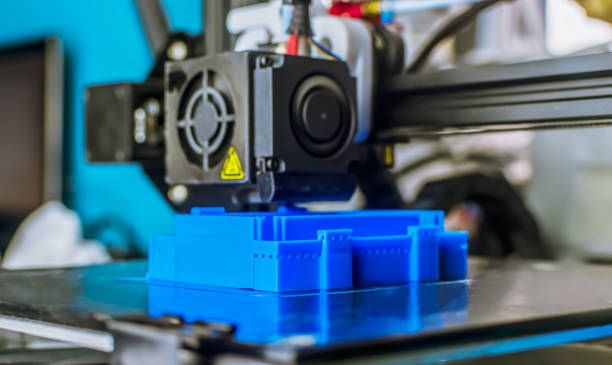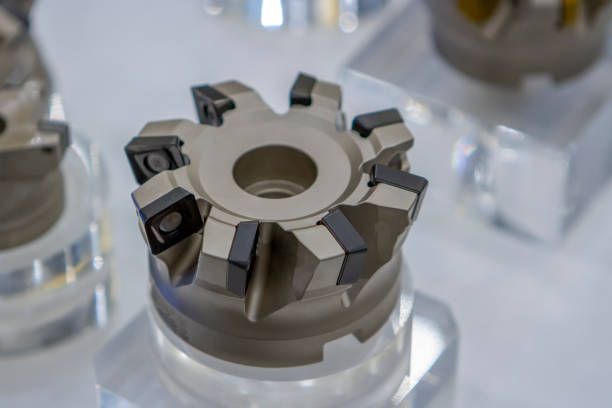Unlock your product's potential with our One-stop solutions!
+86-755-83222882

GET QUOTE
What is Prototype Injection Molding?
Prototype injection molding is a crucial process in product development, offering a bridge between initial design concepts and full-scale production. This technique allows manufacturers to create a limited run of parts to test and refine their designs before committing to expensive and time-consuming mass production. With injection molding being a predominant manufacturing method, understanding its prototyping variant is essential for anyone involved in product development, engineering, or manufacturing.
Understanding Injection Molding
Injection molding is a manufacturing process used for producing parts by injecting molten material into a mold. It is widely used for producing a variety of parts, from small components to entire body panels of cars. The process involves several key steps. First, the two halves of the mold are clamped together. Next, the molten material is injected into the mold. After injection, the material cools and solidifies in the mold. Finally, the solidified part is ejected from the mold.
Materials commonly used in injection molding include various thermoplastics, thermosetting polymers, metals, glasses, and elastomers. The versatility and efficiency of injection molding make it a preferred choice for mass production. This method's ability to produce complex shapes with high precision and repeatability makes it indispensable in many industries, from automotive and aerospace to consumer goods and electronics.
What is Prototype Injection Molding?
Prototype injection molding, as the name suggests, is a scaled-down version of the standard injection molding process used primarily for creating prototype parts. These prototypes serve several purposes, including design validation, fit and assembly testing, and market testing. Design validation ensures that the part meets all design requirements and functions as intended. Fit and assembly testing checks how the part fits with other components, ensuring compatibility and functionality. Market testing involves producing small batches for market feedback, allowing companies to gauge consumer response before committing to full-scale production.
The primary difference between prototype injection molding and traditional injection molding lies in the scale and speed of production. Prototype molds are typically made from less durable materials like aluminum or soft steel, making them faster and cheaper to produce compared to production molds, which are usually made from hardened steel. This approach allows for rapid iteration and refinement of designs, significantly reducing the time and cost associated with bringing a new product to market.
The Process of Prototype Injection Molding
The process of prototype injection molding follows similar steps to traditional injection molding but with a focus on speed and cost-efficiency. Here’s a closer look:
Design Phase
The process begins with the creation of a 3D model using computer-aided design (CAD) software. This model is then used to design the mold, ensuring precision and accuracy in the prototype production. The design phase is critical as it lays the foundation for the mold fabrication and subsequent molding process.
Mold Fabrication
Unlike production molds, prototype molds are made quickly using softer materials such as aluminum or soft steel. This reduces the time and cost associated with mold fabrication, allowing for rapid iteration. The use of softer materials also means that prototype molds have a shorter lifespan, which is suitable for the limited runs typical in prototyping.
Injection Molding
Once the mold is ready, the injection molding process begins. The mold is clamped, and molten material is injected into it. Due to the softer material of the mold, the cycle time can be shorter, and fewer parts are produced. This stage closely mimics the full-scale production process, providing valuable insights into how the final product will be manufactured.
Testing and Refinement
The produced prototypes are rigorously tested for design, functionality, and assembly. Any necessary adjustments can be made to the design based on testing results. This iterative process ensures that any issues are identified and resolved before moving to full-scale production, saving time and resources.
Advantages of Prototype Injection Molding
Prototype injection molding offers several advantages, particularly in the early stages of product development:
Cost-Effective
Creating a prototype mold is significantly cheaper than a full-scale production mold. This allows companies to test their designs without committing to high costs, making it an attractive option for startups and small businesses with limited budgets.
Speed
The turnaround time for prototype molds is much shorter, enabling quicker iterations and faster time-to-market. This speed is crucial in industries where product lifecycles are short and competition is fierce.
Design Flexibility
Prototype injection molding allows for rapid testing and refinement of designs. Engineers can quickly identify and correct issues, ensuring the final product is of high quality. This flexibility is particularly important for complex designs that require multiple iterations.
Realistic Testing
Prototypes produced via injection molding are made from the same materials and processes as the final product. This provides accurate insights into how the part will perform in real-world conditions, ensuring that the final product meets all performance and durability requirements.
When to Use Prototype Injection Molding
Prototype injection molding is particularly beneficial in several scenarios:
New Product Development
When developing a new product, it is crucial to test various design iterations quickly and cost-effectively. Prototype injection molding allows for rapid prototyping and testing, facilitating a smoother transition from design to production.
Complex Designs
For parts with complex geometries or requiring tight tolerances, prototyping ensures that the final design can be manufactured as intended. This reduces the risk of costly redesigns and manufacturing issues during full-scale production.
Market Testing
Producing a small batch of products for market testing can provide valuable feedback before scaling up production. This approach helps companies gauge consumer interest and make necessary adjustments to the product based on real-world feedback.
Cost Sensitivity
For startups and small businesses, reducing upfront manufacturing costs is critical. Prototype injection molding offers a way to test designs without significant financial investment, allowing these companies to bring innovative products to market more efficiently.
The Future of Prototype Injection Molding
Advancements in technology are continually improving the prototype injection molding process. One notable trend is the development of advanced materials that closely mimic production materials, thereby improving the accuracy and reliability of prototypes. These materials help ensure that the prototypes perform similarly to the final products, providing more realistic testing and validation.
Another emerging trend is the use of digital twin technology. This involves creating a digital replica of the physical prototype to simulate and analyze its performance in a virtual environment. Digital twins allow for extensive testing and optimization without the need for physical prototypes, speeding up the development process and reducing costs.
Hybrid prototyping is also gaining traction, combining various prototyping methods such as 3D printing and injection molding. This approach leverages the strengths of each method, offering greater flexibility and efficiency in the prototyping phase. For example, 3D printing can be used to quickly create complex geometries that are then refined and tested using injection molding. This synergy enhances the overall prototyping process, enabling faster and more accurate development of new products.
Conclusion
Prototype injection molding is an indispensable process in the modern manufacturing landscape, bridging the gap between initial design concepts and full-scale production. By enabling cost-effective, rapid prototyping, it allows for thorough design validation, fit and assembly testing, and realistic market feedback. The versatility and efficiency of this process make it an invaluable tool for developing new products, especially those with complex designs or stringent performance requirements.
In today’s competitive market, choosing the right partner for your injection molding needs is crucial. SZOMK offers exceptional injection molding services that cater to the diverse needs of various industries. With their expertise and advanced technology, SZOMK ensures that your prototypes are produced with the highest precision and quality. Their commitment to cost-efficiency and speed means you can bring your products to market faster without compromising on performance or durability. Trust SZOMK to transform your innovative ideas into tangible products with their superior injection molding expertise.


